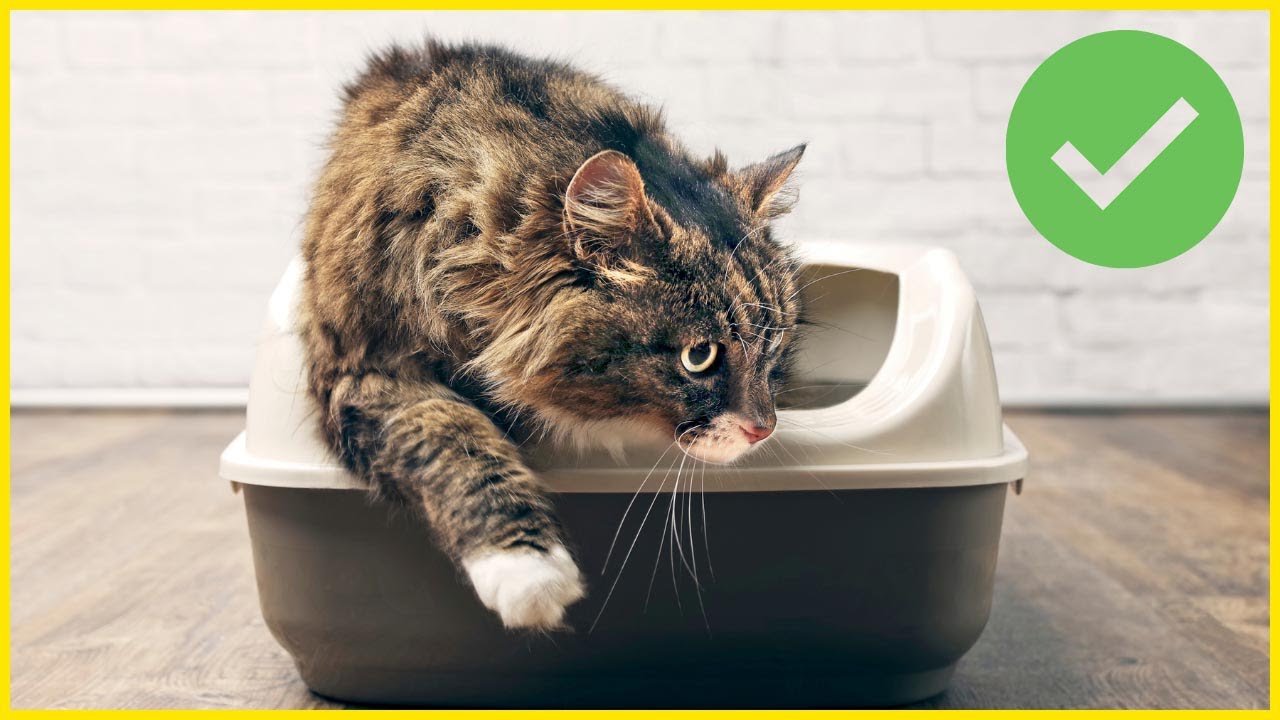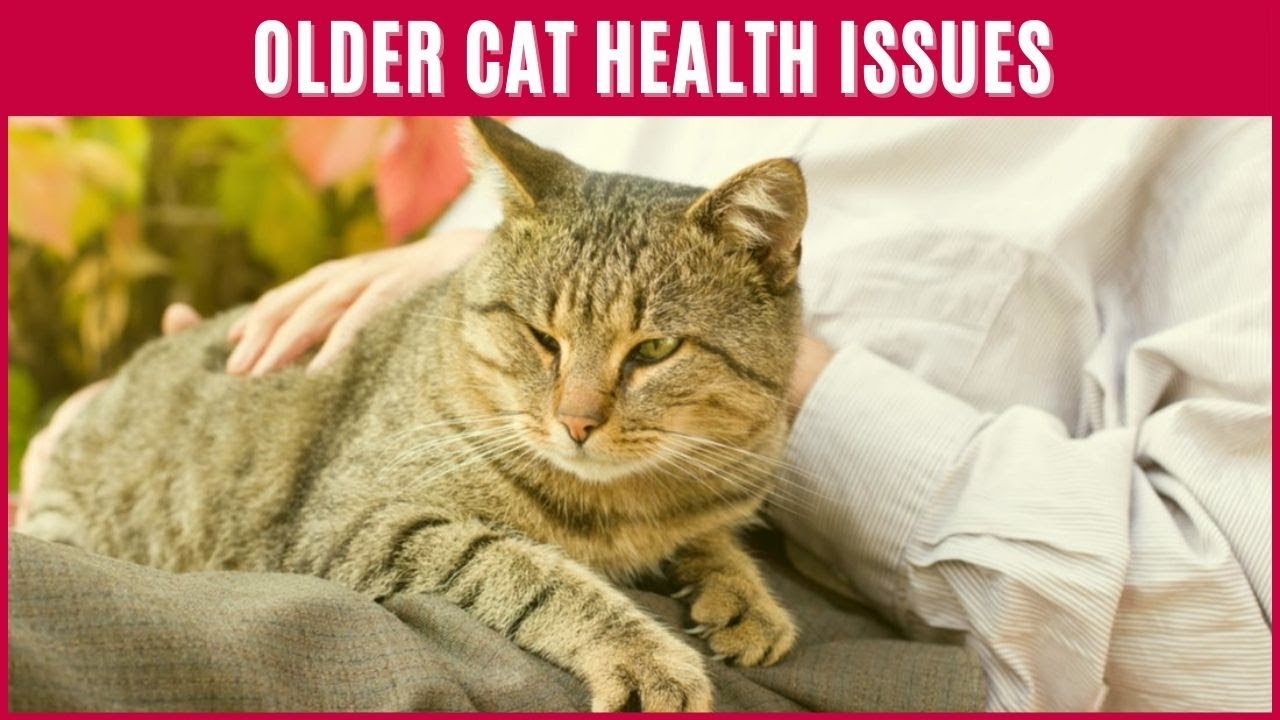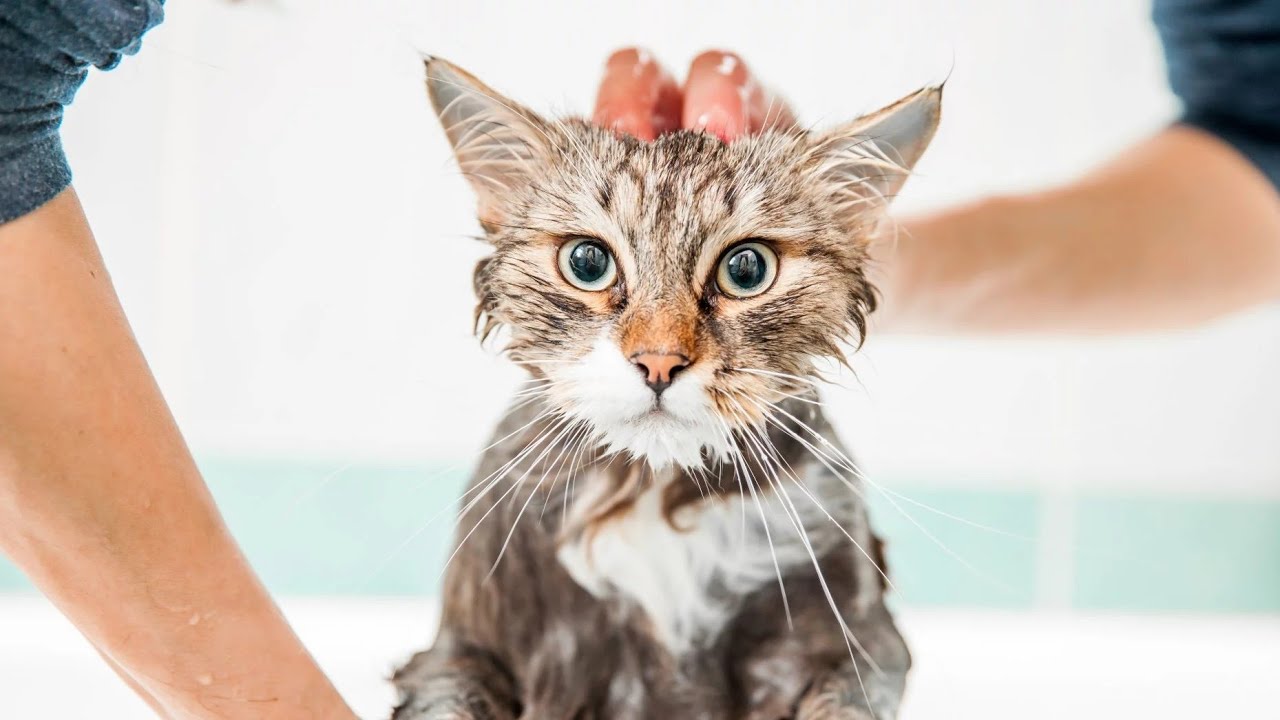Introduction
As a cat owner, recognizing the signs that your beloved pet is nearing the end of its life is crucial for providing comfort and making informed decisions. Cats, known for their independence and stoic nature, often hide pain and illness until the very end. Understanding the physical and behavioral changes that indicate a cat is dying can help you prepare emotionally and seek appropriate veterinary care.
This article explores the most common signs of a dying cat, how to provide palliative care, and when to consider euthanasia. By the end, you’ll have a clear understanding of what to expect and how to support your feline friend in their final days.
1. Decreased Appetite and Weight Loss
One of the earliest signs that a cat is dying is a loss of appetite. Cats may refuse food and water due to:
- Organ failure (kidneys, liver)
- Pain or nausea
- Weakness or difficulty swallowing
What to look for:
- Sudden disinterest in favorite treats
- Noticeable weight loss and muscle wasting
- Dehydration (check for sunken eyes or dry gums)
Action steps:
- Offer high-calorie liquid foods or broth
- Consult a vet for appetite stimulants or IV fluids
2. Extreme Lethargy and Weakness
A dying cat will often become extremely lethargic, sleeping more and showing little interest in movement.
Key indicators:
- No longer grooming (matted fur, unkempt appearance)
- Hiding in isolated spots (under beds, in closets)
- Weakness in the legs, stumbling, or inability to stand
Why this happens:
- The body is conserving energy as systems shut down
- Pain or neurological decline may limit mobility
How to help:
- Provide soft bedding in a quiet, warm area
- Assist with gentle cleaning if they cannot groom
3. Labored or Irregular Breathing
Changes in breathing patterns are a strong indicator of a cat’s declining health.
Signs of respiratory distress:
- Rapid, shallow breaths or gasping
- Wheezing or gurgling sounds (fluid in lungs)
- Open-mouth breathing (rare in cats, indicates severe distress)
Possible causes:
- Heart failure
- Lung disease or fluid buildup
- Advanced cancer
When to seek help:
If breathing becomes extremely strained, emergency veterinary care may be needed for oxygen support.
4. Changes in Body Temperature
A dying cat’s body may struggle to regulate temperature.
What to observe:
- Cold ears and paws (poor circulation)
- Low body temperature (hypothermia)
- Sudden fever (infection or organ failure)
How to provide comfort:
- Use a heated pet bed or warm blankets
- Avoid overheating—monitor for panting
5. Loss of Bladder or Bowel Control
Incontinence is common in terminally ill cats due to:
- Muscle weakness
- Neurological decline
- Kidney failure
What you might see:
- Accidents outside the litter box
- Urine or feces stuck to fur
Care tips:
- Use absorbent pads for easy cleanup
- Gently clean your cat to prevent infections
6. Confusion or Disorientation
Cognitive decline can occur in older or terminally ill cats.
Symptoms include:
- Wandering aimlessly
- Staring blankly at walls
- Not recognizing familiar people
Possible causes:
- Dementia
- Brain tumors
- Metabolic imbalances
How to help:
- Keep their environment safe (block stairs, remove hazards)
- Speak softly and offer reassurance
7. Withdrawal or Unusual Affection
Cats often change their social behavior when dying.
Two possible extremes:
- Hiding and avoiding contact (instinct to protect themselves)
- Suddenly clingy (seeking comfort from owners)
What this means:
They may sense their time is near and react based on personality.
How to respond:
- Respect their space if they hide
- Offer gentle pets and soothing words if they seek comfort
8. Unpleasant Odor
A strong, unusual smell can indicate:
- Decaying tissue (from tumors or infections)
- Kidney failure (ammonia-like odor)
- Mouth infections (rotten smell from dental disease)
Action steps:
- Check for wounds or abscesses
- Consult a vet for pain management
9. Glazed or Dilated Eyes
A cat’s eyes can reveal their declining state.
Signs to watch for:
- Fixed, unfocused gaze
- Dilated pupils (even in light)
- Discharge or crusting
What it suggests:
- Neurological shutdown
- Dehydration or infection
Care tip:
Gently wipe away discharge with a warm, damp cloth.
10. Seizures or Tremors
In the final stages, some cats experience seizures due to:
- Toxins building up in the blood
- Brain abnormalities
- Severe pain
What to do:
- Keep them away from sharp objects
- Note seizure duration for vet records
End-of-Life Care: How to Comfort a Dying Cat
1. Pain Management
- Ask your vet about pain relief medications
- Use heating pads for arthritis relief
2. Hydration and Nutrition
- Offer water via syringe if needed
- Try baby food (meat-based) for easy eating
3. Emotional Support
- Spend quiet time near them
- Speak in a soothing voice
4. Knowing When to Euthanize
Consider euthanasia if:
- Your cat is in constant pain
- They’ve stopped eating/drinking entirely
- Their quality of life is severely diminished
Conclusion
Recognizing the signs that a cat is dying allows you to provide the best possible care in their final days. While it’s never easy to say goodbye, understanding these symptoms helps ensure your pet’s comfort and dignity.
If you suspect your cat is nearing the end, consult your veterinarian for guidance on palliative care or euthanasia. Your love and attention during this time make a world of difference to your feline companion.






